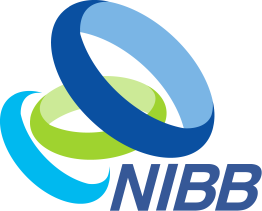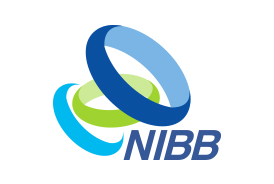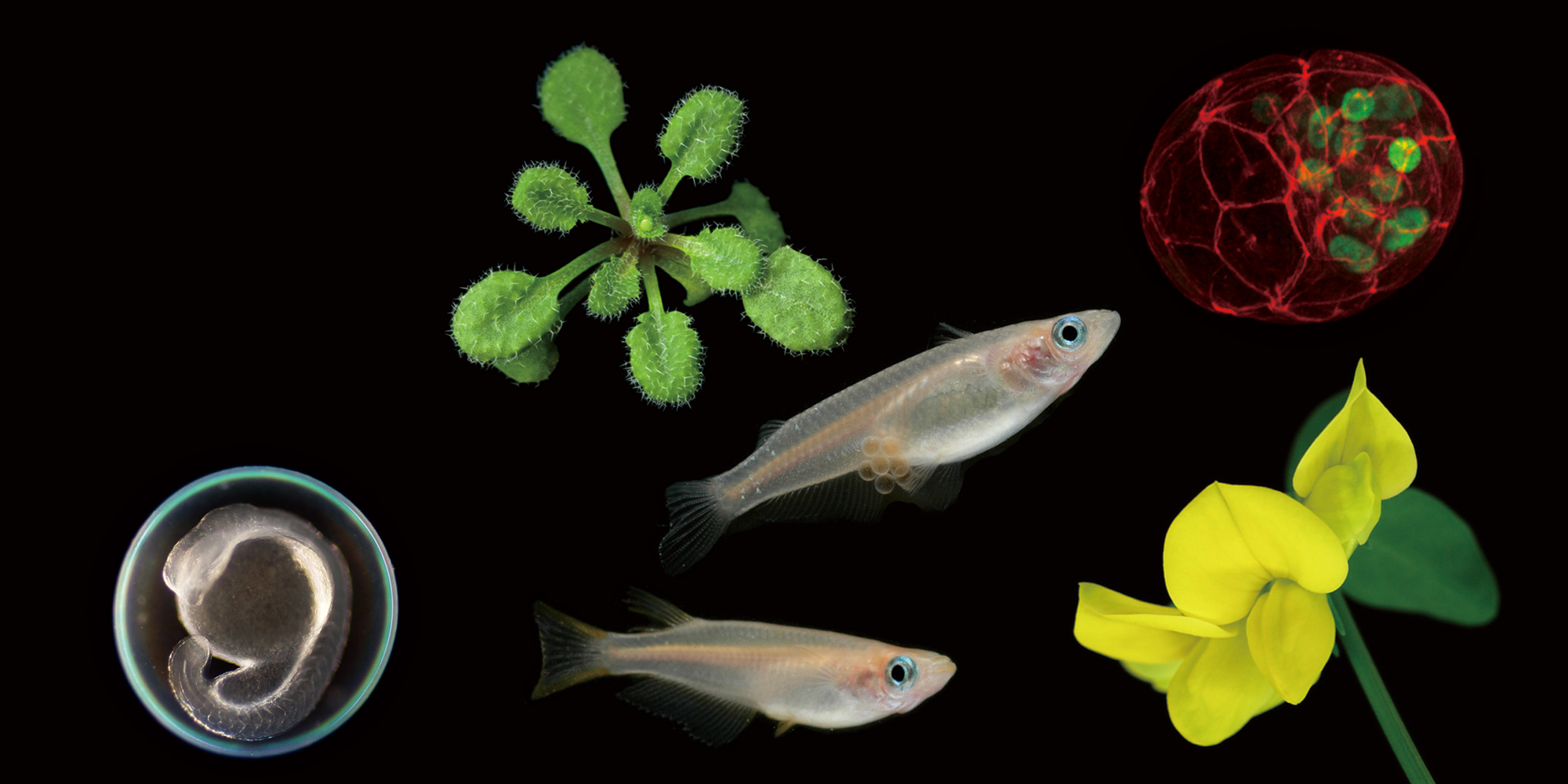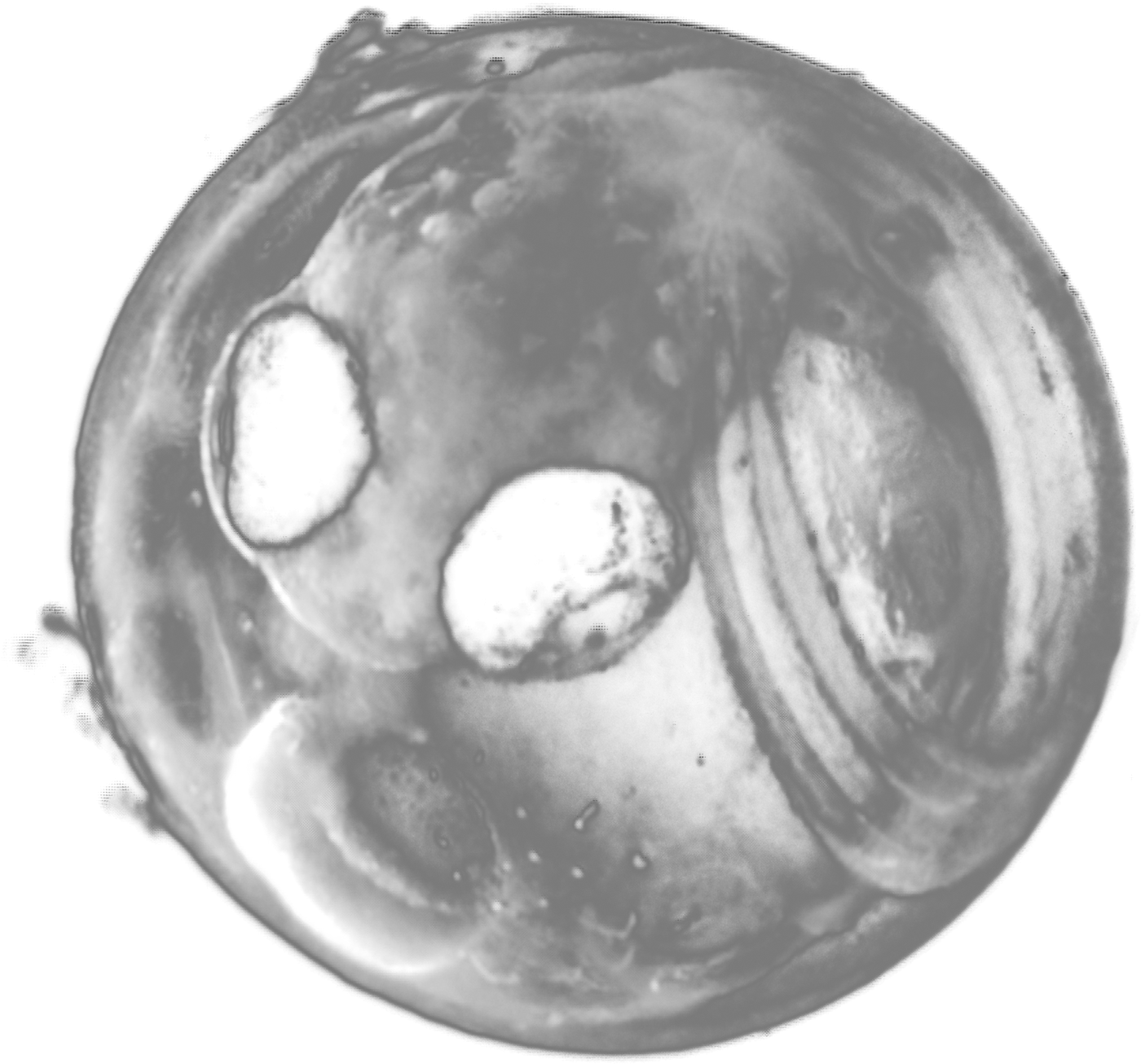2009.06.05 部門公開セミナー
Directional migration of neural crest cells during embryo development.
Prof. Roberto Mayor Department of Cell & Developmental Biology University College London, UK
2009年06月05日(金) 13:00 より 14:30 まで
明大寺地区1階会議室(111)
形態形成研究部門 上野 直人 内線7570
The Neural Crest cells migrate all over the embryo where they differentiate into a variety of diverse kinds of cells. However, the molecular mechanism that control the directionality of neural crest migration remains to be identified. Here we propose a novel mechanism for directional migration of neural crest cells, based on contact inhibition of locomotion, where no chemoattractants are required. Contact inhibition of locomotion was discovered more than 50 years ago to describe the behaviour of fibroblast cells confronting each other in vitro, where they retract their protrusions and change direction upon contact. Its failure was suggested to contribute to malignant invasion. However, its molecular basis and whether it also occurs in vivo are still unknown. Here we show that neural crest cells, a highly migratory and multipotent embryonic cell population, whose behaviour has been likened to malignant invasion, exhibit contact inhibition of locomotion both in vivo and in vitro, and that this accounts for their directional migration. When two migrating neural crest cells meet, they stop, collapse their protrusions and change direction. By contrast, when a neural crest cell meets another cell type, it fails to display contact inhibition; instead, it invades the other tissue, like metastatic cancer cells. We show that inhibition of non-canonical Wnt signalling abolishes both contact inhibition of locomotion and the directionality of neural crest migration. Wnt signalling members localize at the site of cell contact, leading to activation of RhoA in this region. These results provide the first example of contact inhibition of locomotion in vivo, present an explanation for coherent directional migration of group of cells and establish a novel role for non-canonical Wnt signalling.
【References】
1. Carmona-Fontaine, C. et al., Contact inhibition of locomotion in vivo controls neural crest directional migration. Nature 456, 957-961 (2008)
2. Steventon B. et al., Differential requirements of BMP and Wnt signalling during gastrulation and neurulation define two steps in neural crest induction. Development 136, 771-779 (2009)







